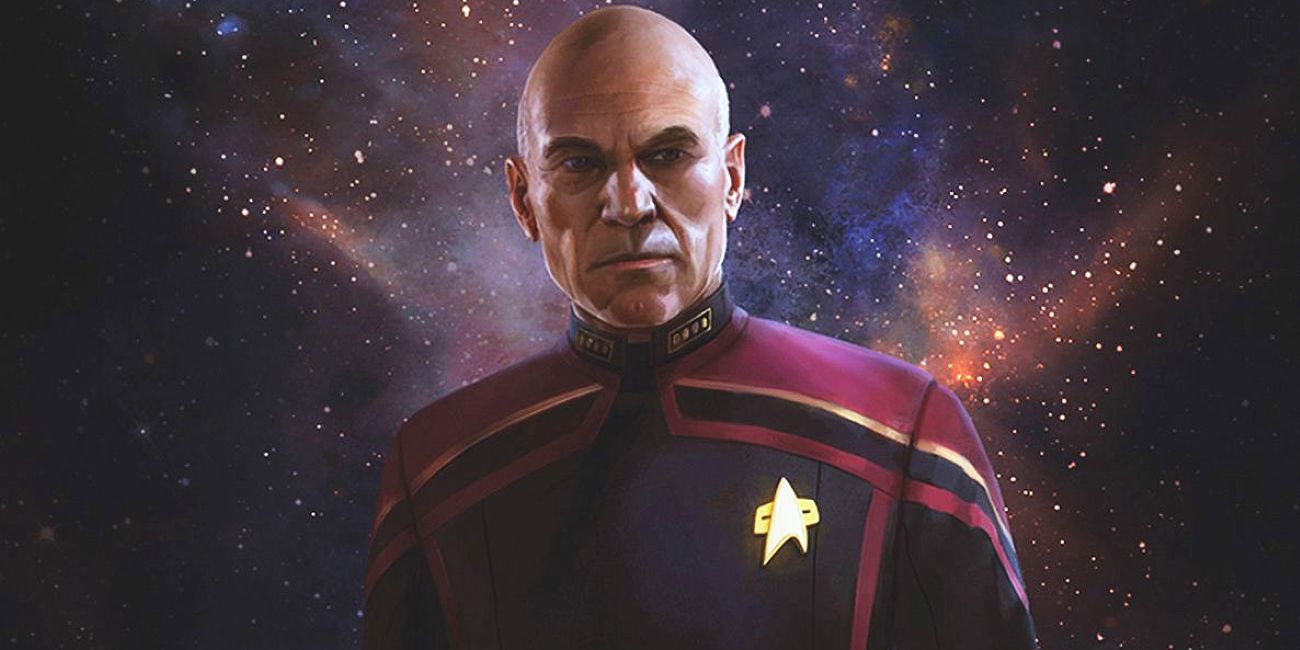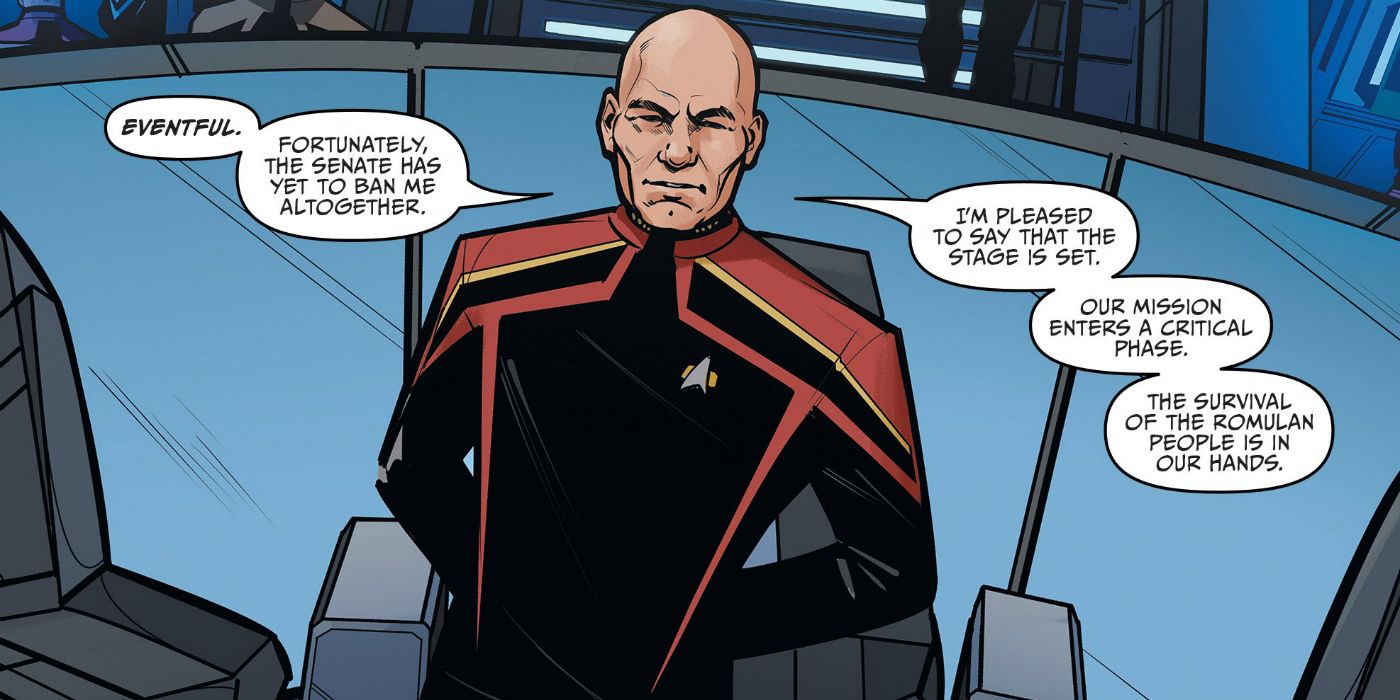It's official: Star Trek's tie-ins finally matter to the franchise. There's a sense in which Star Trek was the first ever transmedia franchise, with the canon embracing content on both the big and the small screen. And yet, like every transmedia franchise, Star Trek has long wrestled with the question of how to incorporate lesser-known content into its timeline.
Traditionally, Star Trek takes the view that only the films and TV shows are canon. That was confirmed by CBS Consumer Products' Senior Director of Product Development Paula Block back in 2007. "Canon is Star Trek continuity as presented on TV and Movie screens," she confirmed in IDW's Focus on... Star Trek one-shot. "Licensed products like books and comics aren't part of that continuity, so they aren’t canon. And that's that." But this approach has been changing of late, with the showrunners of Star Trek: Discovery working more closely with the licensing department in order to make sure the continuity worked more effectively.
This week saw the release of the first issue of the Star Trek: Picard Countdown miniseries, and it marks an important milestone in the Star Trek franchise; this time round, the comic is actually essential setup for the upcoming CBS TV series. It's set in the year 2385, and it explores Admiral Jean-Luc Picard's role in the evacuation of Romulus immediately prior to a devastating supernova. This is the story of Admiral Picard's final days in Starfleet, explaining just why he lost faith in the ideals of the Federation, and setting the scene for everything that's to come.
In truth, the Star Trek franchise has been changing shape for a while now. CBS indicated that tie-in comics for JJ Abrams' 2009 Star Trek film could be considered canon, but back then there was a simple reason; the film was intended to reboot the timeline, meaning they didn't need to worry about contradictions. Tie-in comics explored the history of both Spock and Nero, explaining how they came to be cast back into time. It's hardly a coincidence that one of these miniseries shared the name "Countdown."
Moving into the Star Trek: Discovery era, tie-ins have had a dubious status. The showrunners have indicated they worked closely with the licensing department, moreso than has traditionally been the case in Star Trek. As a result, the series has contained oblique references to the books - such as Tilly's mentioning having been a runaway, or Burnham referring to a moment of peace reached between herself and Spock years ago (detailed in the books The way to the Stars and Desperate Hours). But these connections were always subtle, and never dealt with major plot-points. That's in contrast to the Star Trek Picard: Countdown miniseries, which is now setting the scene in an overt manner.
It really does look as though Star Trek has changed shape once and for all, becoming a true transmedia franchise that embraces the comics and novels as well as the TV shows and movies.


